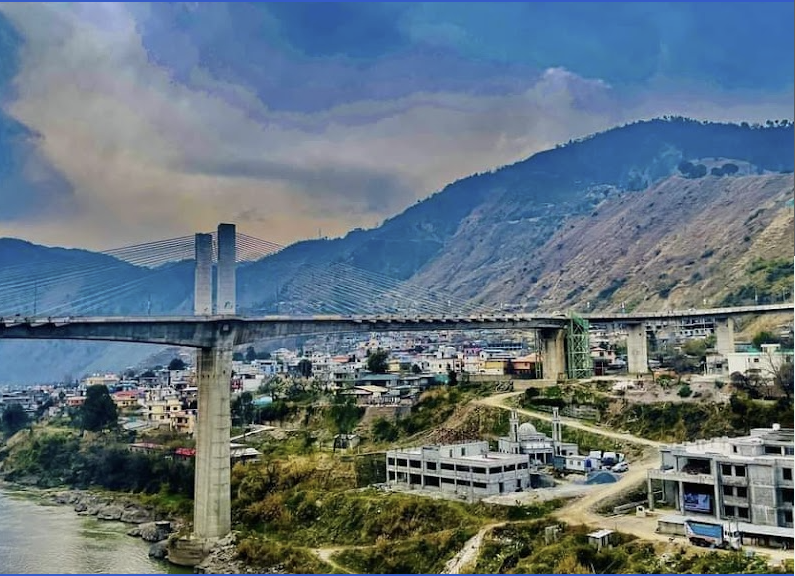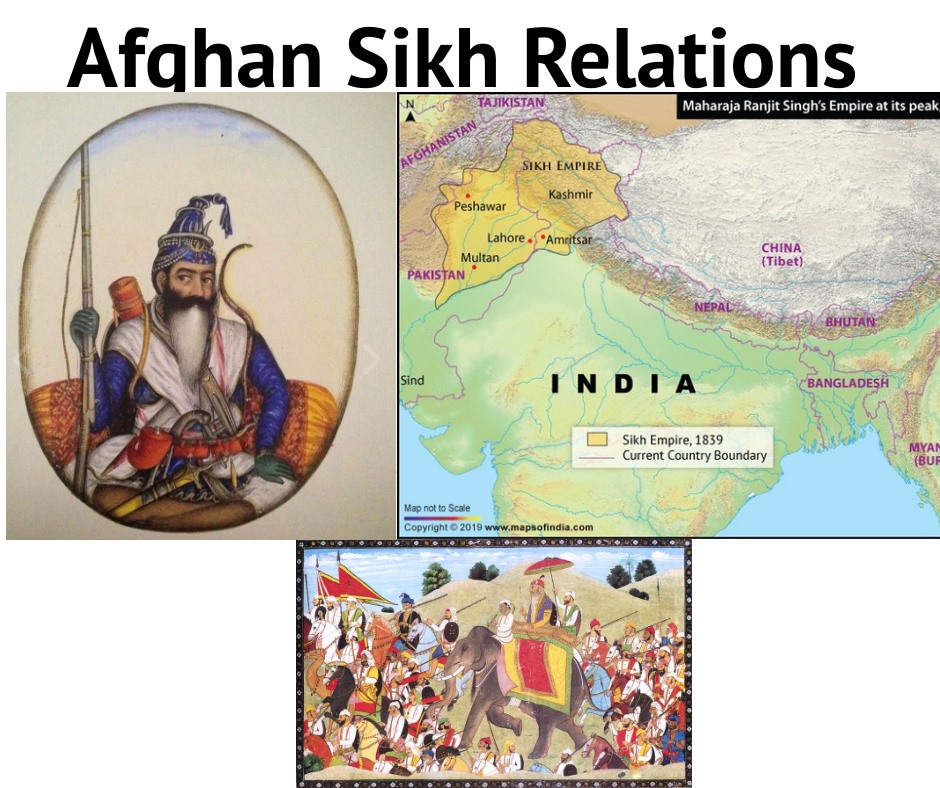AFGHAN SIKH RELATIONS spanning the years 1748 to 1849 go back to the first invasion of India by Ahmad Shah Durrani, although he must have heard of the Sikhs when in 1739 he accompanied Nadir Shah, the Iranian invader, as a young staff officer. Having occupied Lahore after a minor engagement fought on 11 January 1748 during his first invasion of India, Ahmad Shah advanced towards Sirhind to meet a Mughal army which he was informed was advancing from Delhi to oppose him. On the way he had two slight skirmishes at Sarai Nur Din and at the Vairoval ferry, both in present day Amritsar district, with a Sikh jatha or fighting band under Jassa Singh Ahluvalia.
Explore Sahib Singh Bhangi's legacy in 18th century Punjab and his alliance with Ranjit Singh. Discover his strategic fort holdings and military prowess.Explore Sahib Singh Bhangi's legacy in 18th century Punjab and his alliance with Ranjit Singh. Discover his strategic fort holdings and military prowess.
Discover the historical Tazkirah manuscript by Anand Ram Mukhlis, revealing 18th-century Punjab's events and invasions including Nadir Shah's 1739 incursion.





